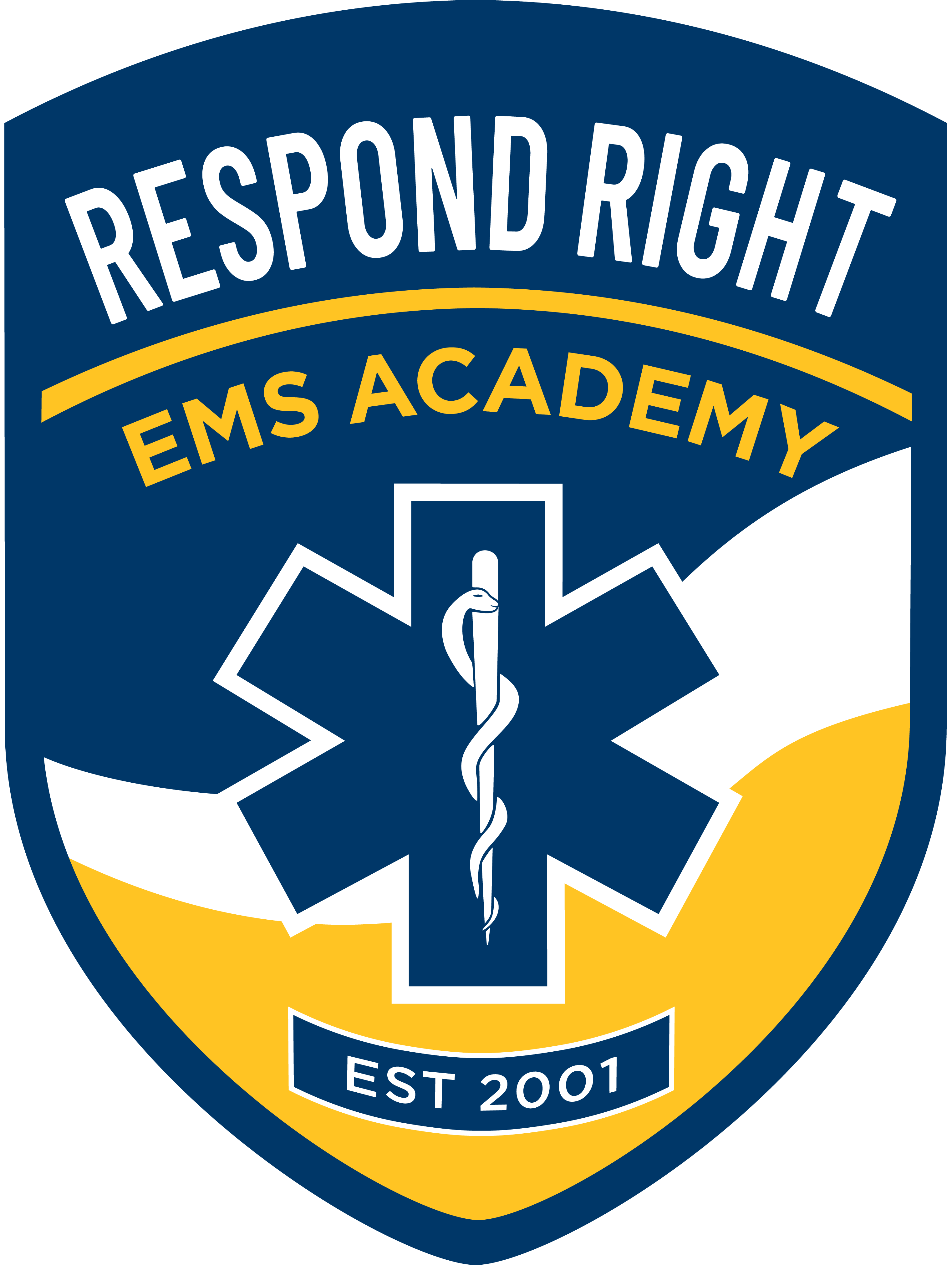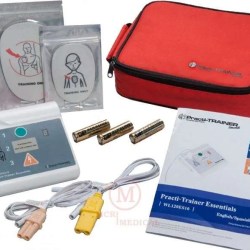
By Chief Donna Weiss, AAS, FF/Paramedic
If you’re considering a career in emergency medical services (EMS), you’ve likely asked yourself, Should I become an EMT or a paramedic? While both roles play a critical part in pre-hospital emergency care, they differ significantly in training, responsibilities, and career paths. At Respond Right EMS Academy (RREMSA), we prepare students to take on both roles with confidence.
This guide will help you understand the key differences between Emergency Medical Technicians (EMTs) and Paramedics, what each role entails, and how to determine which path best aligns with your career goals.
EMT vs. Paramedic: What’s the Difference?
1. Level of Training & Scope of Practice
- EMTs provide basic life support (BLS), focusing on recognizing life-threatening conditions and stabilizing patients for transport.
- Paramedics have advanced training in cardiology, pharmacology, and critical care, allowing them to perform more complex procedures like intubation, advanced airway management, and medication administration.
2. Differences in Patient Care
- EMTs are highly skilled in patient transport, basic assessments, and recognizing signs of strokes, trauma, and cardiac emergencies. They ensure patients receive the right care at the right facility.
- Paramedics provide a higher level of medical intervention, including IV therapy, cardiac monitoring, and advanced airway procedures, often stabilizing patients before they even reach the hospital.
3. The Role of EMTs & Paramedics in Emergency Situations
- EMTs are often the first on the scene, ensuring the environment is safe, assessing patients quickly, and assisting paramedics when advanced care is needed.
- Paramedics take a more hands-on role in patient care, focusing on life-saving treatments and making critical medical decisions in high-pressure situations.
Choosing Between EMT & Paramedic Based on Your Career Goals
If you’re unsure which path to take, consider your long-term career ambitions:
- If you’re interested in medicine, nursing, or other healthcare fields, starting as an EMT can provide foundational experience before advancing your education.
- If you’re passionate about a lifelong EMS career, becoming a paramedic allows you to take on a leadership role in pre-hospital care, providing a greater impact on patient outcomes.
- Many EMTs gain experience for a year or two before enrolling in a paramedic program, which can make the transition smoother.
Becoming an EMT: The First Step in Your EMS Career
EMT training is an intensive, fast-paced program designed to prepare students for real-world emergency response. At Respond Right EMS Academy, we offer Missouri state-approved online EMT courses that provide:
- Comprehensive training in basic life support (BLS), patient assessment, and emergency response.
- National Registry of EMT (NREMT) preparation, ensuring students are ready for certification exams.
- Hands-on training using an actual ambulance so students learn to manage patients while moving, stopping, and turning just like in the field.
Program Details:
- EMT courses typically last 8 to 12 weeks, though a 3-month program is highly recommended for better preparation.
- The National Registry certification allows for career mobility across different states, providing flexibility in job opportunities.
If you’re looking for a fast entry into the medical field with the opportunity to make an immediate impact, becoming an EMT is a great choice.
Advancing to Paramedic: Expanding Your Medical Skills & Career Potential
For EMTs looking to take the next step, our Paramedic Program at RREMSA offers a structured, in-depth education covering:
- Advanced patient assessment and critical care techniques.
- Life-saving procedures, including airway management, cardiac interventions, and medication administration.
- Real-world training scenarios, using state-of-the-art equipment in a controlled environment.
Additional Training Options for Paramedics:
- RREMSA Paramedic Prep Program – A foundational course designed to help students transition smoothly into paramedic education.
- Paramedic Continuing Education Units (CEUs) – Annual flat-rate training, allowing paramedics to earn up to 144 CEUs per year, covering the latest EMS protocols and skills.
Our dedicated classrooms and labs are designed to simulate real-life emergency situations, ensuring students are fully prepared for the field.
Certification & Licensing: Meeting National and State Standards
At Respond Right EMS Academy, our programs are approved by the Missouri Bureau of EMS, meeting all state certification requirements.
We provide:
- EMT Certification Prep – Preparing students for the NREMT exam, ensuring national recognition.
- CEU Programs for EMTs & Paramedics – Offering up to 100 Continuing Education Units (CEUs) annually, keeping professionals up to date with industry standards.
- One-on-One Tutoring & NREMT Test Prep – Helping students master essential concepts and pass their licensing exams with confidence.
Final Thoughts: Is EMT or Paramedic Right for You?
Both EMTs and paramedics play a vital role in emergency medicine, but the right choice depends on your career goals.
- Become an EMT if you want a fast entry into EMS, foundational medical skills, and hands-on emergency experience.
- Become a Paramedic if you’re ready for advanced training, greater responsibility, and long-term EMS career growth.
As one of the best EMT school, we provide the education, hands-on training, and real-world experience you need to succeed in EMS.



















